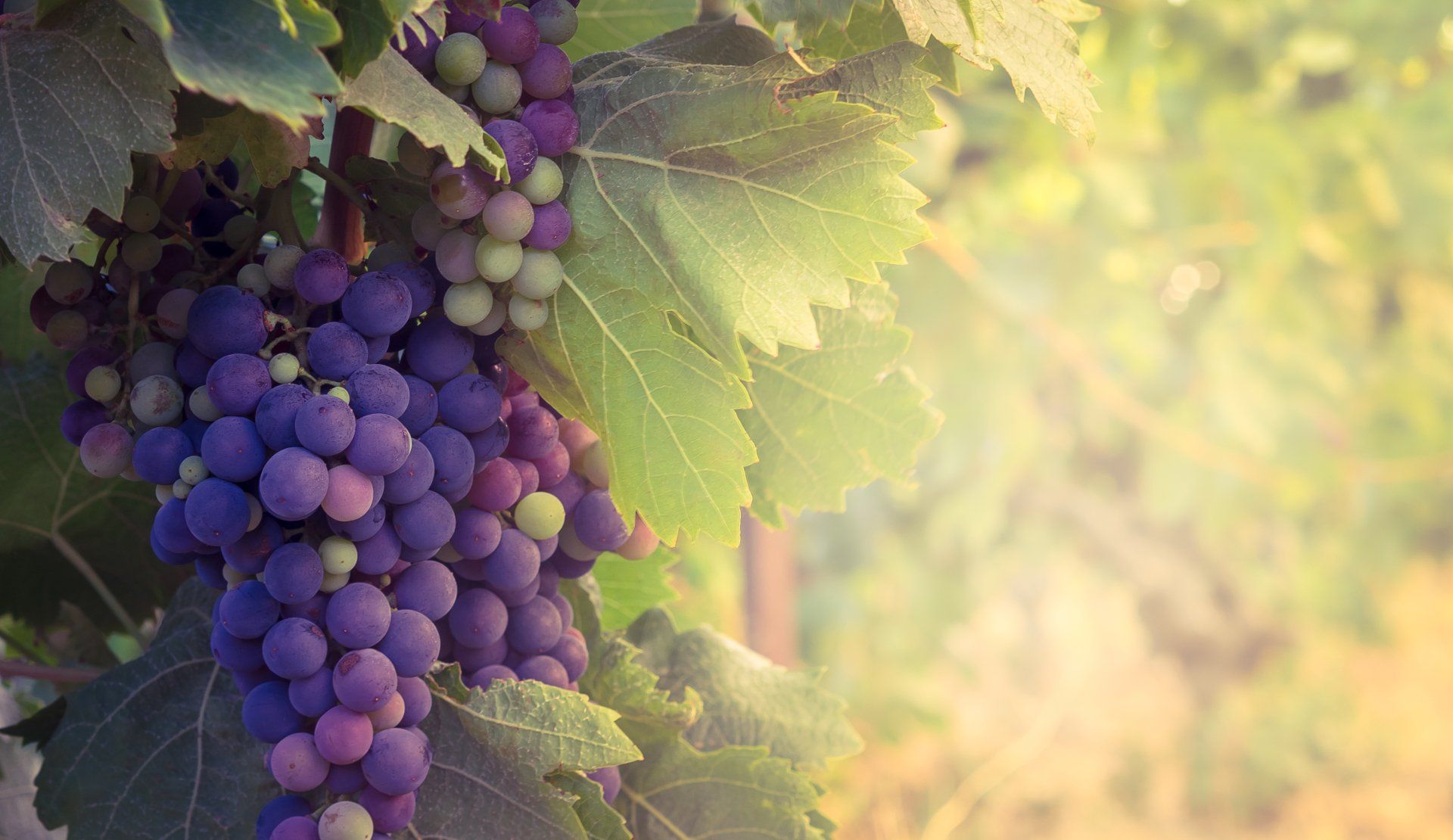Preventing Skin Cancer

You’ve probably heard of the countless studies highlighting that the major cause of skin cancer is ultraviolet (UV) rays from the sun or from tanning beds. This is why you have your dermatologist on speed dial for your yearly exam, wear your SPF 30 or higher sunscreen on the daily and have your wide-brimmed hat, sunglasses, protective clothing and spot in the shade dialed in. You’re a rock star when it comes to protecting your skin from UV damage from the outside in, but I know what you’re thinking...isn’t there something more I can do? The answer is a resounding YES!
There are actually numerous things you can do which I cover in my book, The Skin Whisperer, and its associated programs. But first, let me emphasize that it’s a combination of all of these strategies that provides the best outcomes, especially checking your own skin every month as well as an annual (at minimum) exam by a dermatologist. You need a layered approach to your sun protection because no singular strategy alone is enough to provide the comprehensive protection you need. That said, one of the key foundational strategies that you can start implementing today is also one of the greatest of daily pleasures: eating! Indulge your senses and save your skin simultaneously by consuming a colorful assortment of nutrient dense whole foods every single day.
Skin cancer is the most prevalent cancer in the United States. Non-melanoma skin cancers (NMSC), including basal cell and squamous cell carcinoma (BCC and SCC), are the most common cancers in our country. Over 5 million cases of NMSC are treated in more than 3 million people every year, costing over 8 billion dollars to treat, and those numbers continue to rise. In fact, 90 percent of non-melanoma skin cancers and 86 percent of melanomas are associated with solar UV, while indoor tanning is linked to more than 400,000 cases of skin cancer in the U.S. each year. Skin cancer is not just a personal health issue, it’s a public health issue that is significantly impacting quality of life and draining our economy. However, recent research shows that incorporating certain nutrients may be one way to bring those numbers down, and you can be the one to do it!

Sun Damage Saviors
Extensive and chronic UV exposure causes mayhem for the skin. It induces local as well as systemic suppression of your immune system, weakening your ability to deal with the solar assault, while simultaneously generating free radicals, which are unstable oxygen molecules disrupting cell function, producing inflammation and damaging your skin’s DNA. UV packs a potent punch because it not only damages your skin’s DNA directly and indirectly via UVB and UVA rays respectively, it also interferes with your skin’s DNA repair mechanisms. Talk about a double whammy. Your body is equipped with a pretty sophisticated defense system which includes anti-oxidants to fend off the generation of free radicals and reactive oxygen species. However, your body’s reserve of these substances is not unlimited, and at some point, your system gets depleted.
What does this mean? It means that if there is an imbalance between UV-induced DNA damage and your body’s ability to repair it, changes can occur in your genes called mutations which lead to skin cancer.
The good news is that you can replenish your supply of antioxidants by eating nutrient dense whole foods rich in phytochemicals coupled with a curated selection of supplements. While this guide provides key evidence-based insights regarding antioxidants and compounds shown to influence the treatment and prevention of melanoma and non-melanoma (basal cell and squamous cell carcinoma) skin cancers, their benefits for protection against other cancers and chronic diseases is also well known.

Foods that Fight Skin Cancer
Polyphenols are an expansive family of naturally occurring plant compounds with anti-carcinogenic and anti-inflammatory potential which contain the most abundant antioxidants in the diet. Flavonols, stilbenes, anthocyanidins, lignans and phenolic acids are generated by the plant to protect it from the sun’s rays, chemicals, pollutants, pathogens and are used to repair injury and damage. These compounds not only protect the plant for survival, but consuming foods rich in polyphenols can also protect you from skin cancer. Main dietary sources of these compounds are fruits, vegetables, nuts, seeds and plant-derived beverages such as fruit juices, tea, coffee, and red wine. If there were ever a reason to grab that cup of joe or raise a cheery glass of red wine, this is it!
Coffee is rich in the polyphenol caffeic acid. Caffeic acid suppresses UVBinduced inflammation and subsequent tumor formation. Studies reveal that higher consumption of caffeinated coffee was associated with lower risk for basal cell carcinoma, the most common type of skin cancer. Coffee may also lower the risk of melanoma as well. An increase in coffee consumption of one cup per day was associated with a 3% reduction in melanoma risk. The benefit is believed to be tied to the caffeine content, so don’t switch to decaf yet!
For coffee drinkers out there, this is another reason to keep drinking. If you aren’t a fan of coffee, no worries, you can still get the benefit by consuming mangoes, berries, apples, citrus fruits, plums, cherries, kiwis, onions, tea and red wine which contain caffeic acid, as well.
Red wine contains a type of polyphenol called resveratrol. Resveratrol is not only known to possess cardio-protective, antioxidant, neuroprotective, anti-inflammatory and metabolism-regulating effects, it has anti-carcinogenic benefits as well. It has been shown to prevent melanoma cell growth, make melanoma more sensitive to treatment and inhibit the overproduction of melanin. Found in peanuts, berries, chocolate, and in the skins of red grapes (such as those used in wine), cocoa powder, mulberries and blueberries, it packs a powerful punch.

Eat to Protect Your Skin
Scores of studies have shown the efficacy of naturally occurring polyphenols against UV radiationinduced inflammation, immune suppression, oxidative stress and DNA damage. This is why polyphenols are considered among the most promising group of compounds to be researched and implemented as an ideal cancer prevention and treatment strategy.
How can plants prevent and treat skin cancer?
- Blocks penetration of UV rays into the skin
- Prevents UV-induced markers of inflammation associated with sunburn and tumor formation
- Scavenges free radicals, reduce oxidative stress and promotes repair of UV-induced DNA damage
- Protects skin integrity and prevents skin aging
- Assists in detoxification pathways and promotes homeostasis of healthy hormone function
- Regulates normal cell cycling and immune function
So, load up your shopping carts with a wide assortment of colorful fruits and vegetables (ideally organic) to not only decrease your incidence of skin cancer, but also to gain the cardio-protective, antioxidant, neuroprotective, anti-inflammatory and metabolism-regulating effects that these nutrient dense foods can offer.
Dr. Kiera Barr is a dual-board certified dermatologist, menopause specialist, clinical educator, author and international speaker. For inquiries or to make an appointment at her Gig Harbor practice, she can be at reached by phone: 206.558.5368 or email: hello@drkeirabarr.com. For more information, please visit her website: drkeirabarr.com.









